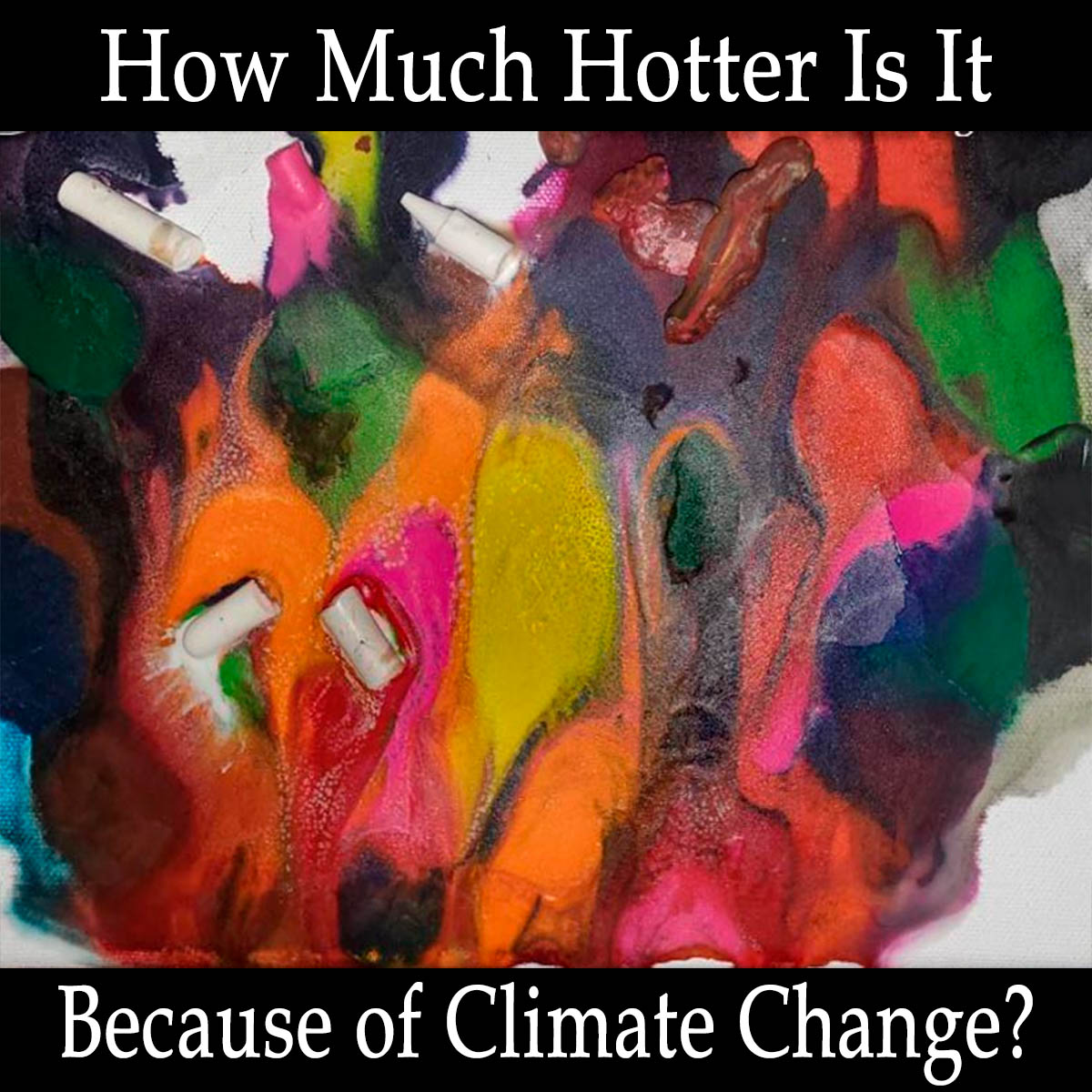How Much Hotter Is It Because of Climate Change?
One of the things I tell folks these days about the heat is that the absolute temperature in Austin is not really that much warmer than in the past. Records are generally only being broken by a degree to several degrees. The last time we broke our all-time high temperature record of 112 was in 2011 and this was a tie with the previous record set in 2000. But! There are things worse than breaking temperature records left and right by a degree or three. The duration of extreme heat adds up. While wildly extreme temperatures can instantly fry us or our natural world, that kind of heat is still rare as frog hair. But cumulative heat matters immensely as it is a nonlinear stress. For example, evaporation increases nonlinearly with temperature. In other words, a little warming does not create a little more evaporation, it creates a lot more. This is one significant reason why we are seeing fewer birds and insects, and continuing plant mortality and lack of recruitment in times where drought is not predominant.
This chart below is a reckoning of 100-degree days since 1901. We have warmed from an average of 10 to 11 days over 100 degrees per year in the 20th century, to an average of 47 days over 100 on average over the last five years from 2022 — almost a five times increase in total days, with those nonlinear increases in evaporation because of the physics of heat energy. Note: the 5-year and 10-year averages have been influenced by the wildly out of bounds number of 100-degree days in 2011 where it was over 100 for 90 days. Otherwise the trend is easy to see. Also note the number that we hear on the news and weather as “normal number of 100-degree days,” is the National Weather Service (NWS) official 30-year average. This “official 30-year average” is a statistical artifact from weather data where, it takes about 30 years of weather data in our old climate to determine an accurate average because of natural variability. This NWS 30-year average is what our weatherpersons quote when they tell us how much warmer it is than “average.” This hangover from our old stable climate significantly low-biases our weatherpersons delivery of the weather in our new and rapidly changing climate. This is because our climate is changing faster than normal statistics can create accurate results, much faster. |



